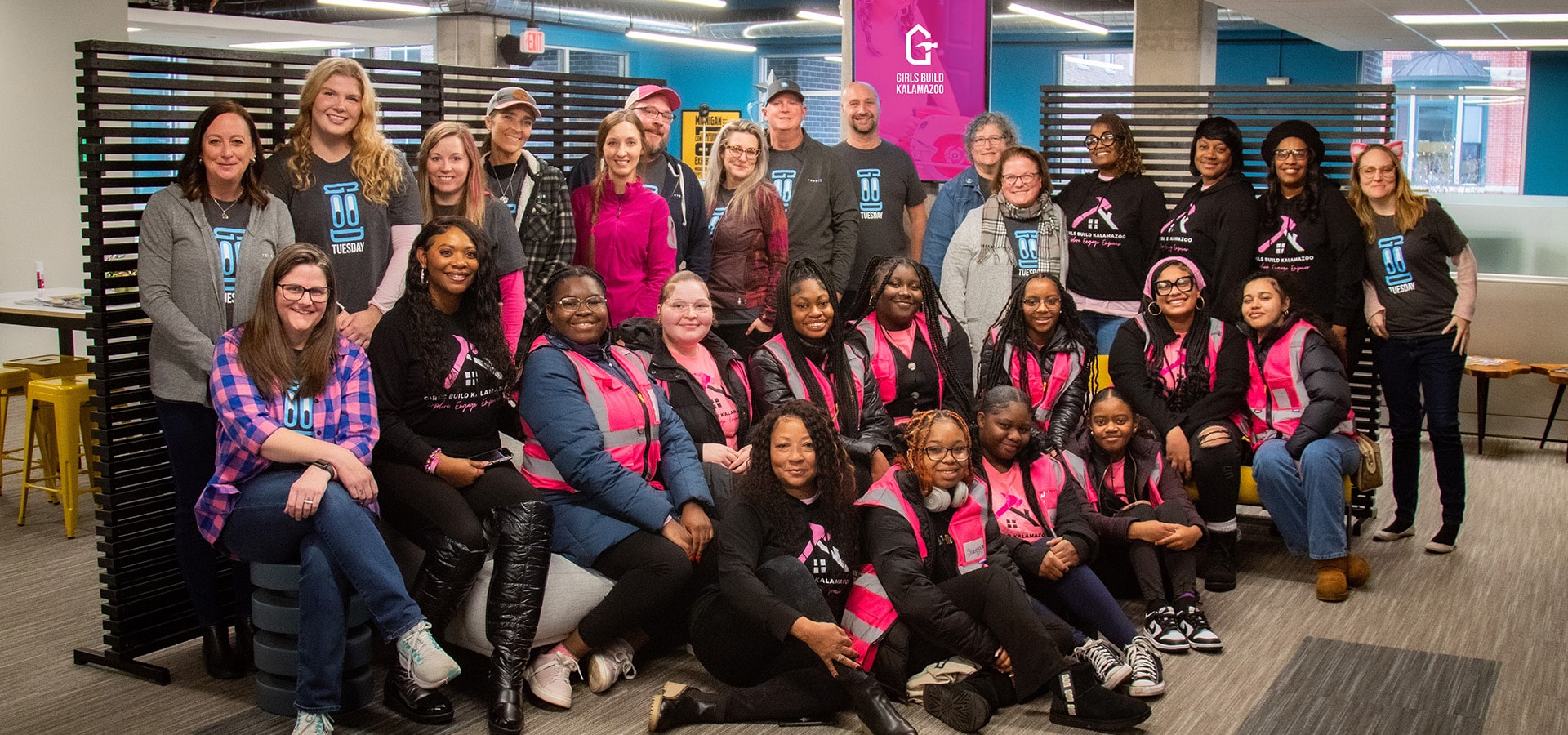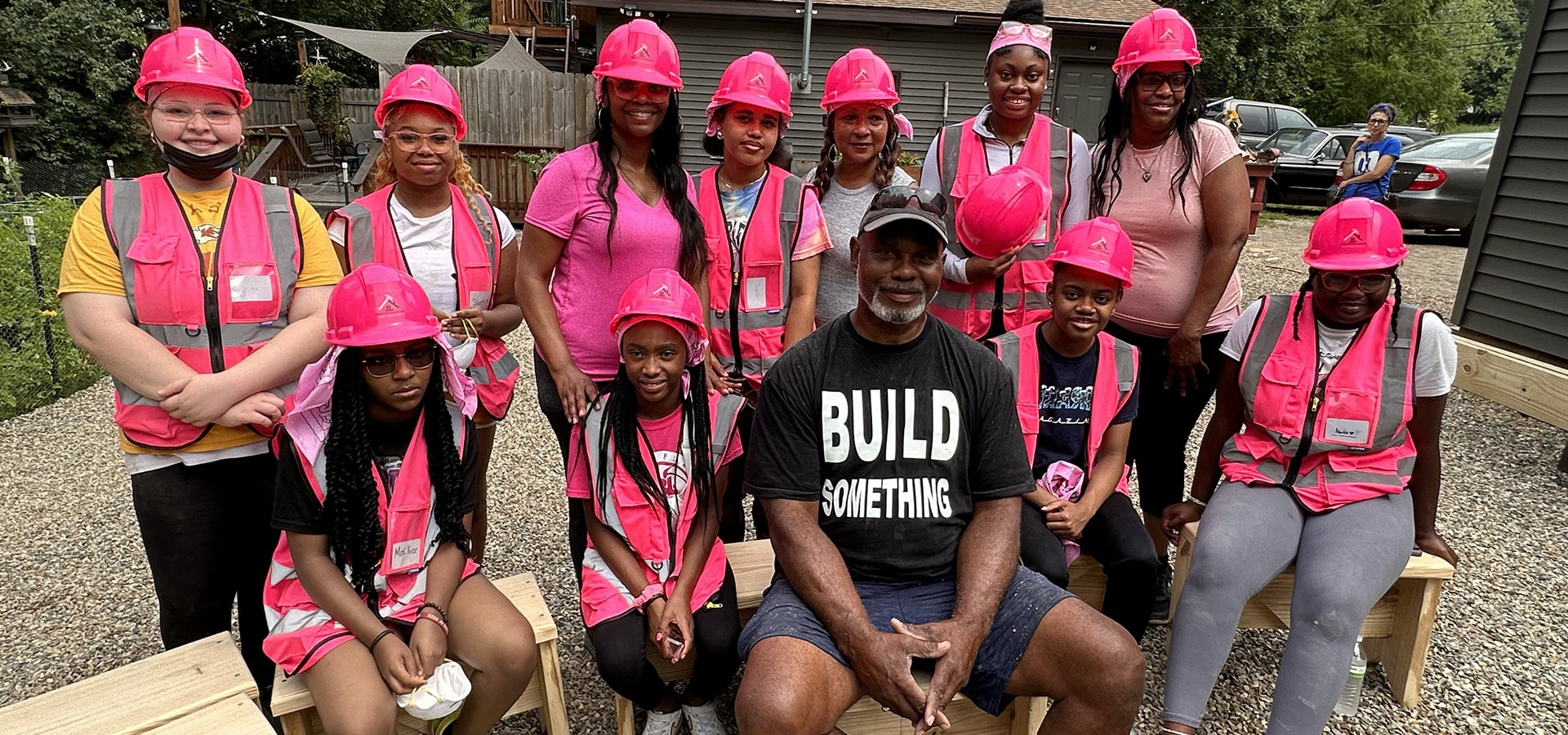National Lampoon’s Christmas Vacation opens up with Chevy Chase (a.k.a. Clark Griswold) behind the wheel of the family truckster. After a near-death experience where he mutters the much-repeated phrase by my sisters and me, “Burn dust. Eat my rubber,” he leads his family out into the woods on a quest for the perfect Christmas tree.
But, it’s not really the tree or the house that’s decorated with 25,000 incandescent lights or the bonus he was shafted out of by his tightwad boss that is driving Clark. Those are merely things that he thinks will make him happy. What he really wants more than anything is a good old-fashioned family Christmas.
Watching the Griswold’s imperfectly perfect Christmas reminds me of the classic essay by Harvard professor Clayton Christensen. His “Marketing Malpractice” opus challenged conventional thinking about market segmentation that can lead to misguided personas and introduced his Jobs-To-Be-Done theory.
Christensen offered a refreshing way to think about customer needs as they pertain to developing marketing messages to motivate them:
“The great Harvard marketing professor Theodore Levitt used to tell his students, ‘People don’t want to buy a quarter-inch drill. They want a quarter-inch hole!’ Every marketer we know agrees with Levitt’s insight. Yet these same people segment their markets by type of drill and by price point; they measure market share of drills, not holes; and they benchmark the features and functions of their drill, not their hole, against those of rivals. They then set to work offering more features and functions in the belief that these will translate into better pricing and market share. When marketers do this, they often solve the wrong problems, improving their products in ways that are irrelevant to their customers’ needs.
There is a better way to think about market segmentation and new product innovation. The structure of a market, seen from the customers’ point of view, is very simple: They just need to get things done, as Ted Levitt said. When people find themselves needing to get a job done, they essentially hire products to do that job for them. The marketer’s task is therefore to understand what jobs periodically arise in customers’ lives for which they might hire products the company could make. If a marketer can understand the job, design a product and associated experiences in purchase and use to do that job, and deliver it in a way that reinforces its intended use, then when customers find themselves needing to get that job done, they will hire that product.”
What Clark Griswold and Clayton Christensen both reminded me is what we think our audience wants is not always what they really need.
That knowledge is truly the gift that keeps on giving.
(Photo: Hughes Entertainment/Warner Bros.)










